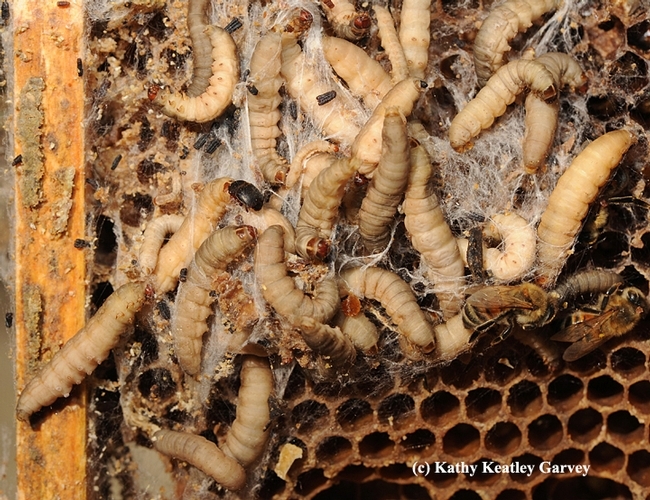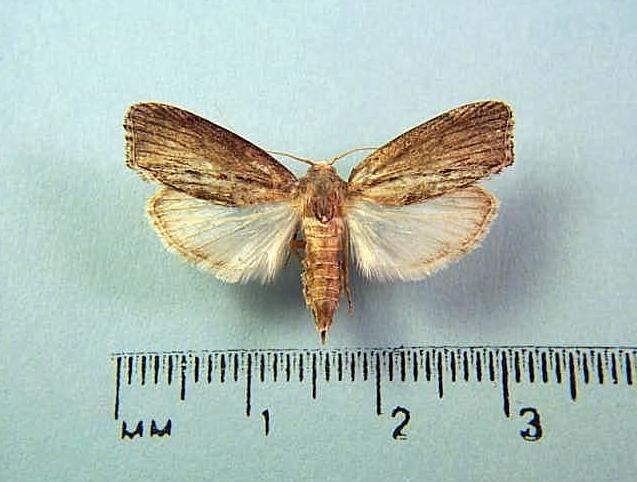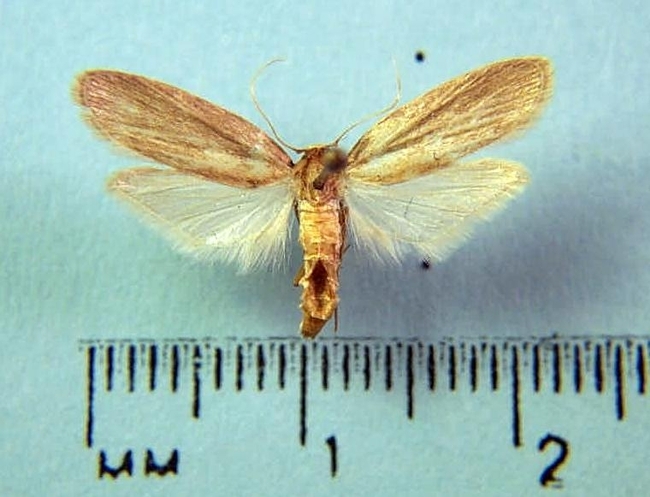
For the beekeepers that's easy. They dislike the pests known as "wax moths" and their larvae.
The female wax moths hang around the hives at night and when the opportunity arises, slip in to lay their eggs. If the colony is weak, this pest can take over.
The honey bee bible, The Hive and the Honey Bee (Dadant Publication), says the wax moth female "produces less than 300 eggs during her life span of 3 to 30 days, but a few lay as many as 2000 eggs. Mated females fly to beehives one to three hours after dark, enter, and lay eggs until they leave shortly before daylight."
The Hive and the Honey Bee authors relate that "the presence of the wax moth larvae usually signals a major problem such as queenlessness, an infectious disease, poisoning and starvation."
In his book, Honey Bee Biology (2023 Princeton University), bee scientist Brian Johnson, associate professor, UC Davis Department of Entomology and Nematology, touches on colony pests in addition to his indepth coverage of everything from molecular genetics, development, and physiology to neurobiology, behavior, and pollination biology.
Johnson writes in part: "The greater wax moth (Galleria mellonella) and the lesser wax moth (Achroia grisella) are old and well-known pests of honey bees. The female moth lays her eggs on the comb and the larvae consume the wax, pollen and honey. In nature, these pests are mainly a threat to weak colonies, as strong colonies can kill their larvae." He goes on to mention that beekeepers who inadequately store large amounts of wax combs may be subject to wax moth infestations. He recommends air tight storage and the use of mothballs.
The larvae are not always unwanted. They've been introduced as an alternative model to study microbial infections.
So, in keeping with National Moth Week, the Bohart Museum of Entomology is hosting its annual Moth Night from 7 to 11 p.m. on Saturday, July 20 at its headquarters in Room 1124 of the Academic Surge Building, 455Crocker Lane, UC Davis. Inside, Jeff Smith, curator of the Bohart's Lepidoptera collection, and his colleagues will be displaying moth specimens and answering questions. Outside, Bohart research associate John "Moth Man" De Benedictus will set up a blacklighting display, complete with white sheet and a UV light to attract moths and other night-flying insects.
The open house is free and family friendly. Also free: hot chocolate and cookies, according to Tabatha Yang, education and outreach coordinator.
Founded in 1946, the Bohart Museum is the home of a global collection of eight million insect specimens. It also features a petting zoo (including Madagascar hissing cockroaches, walking sticks and tarantulas) and a gift shop stocked with insect-themed t-shirts, hoodies, books, posters, jewelry and more. The museum is directed by Professor Jason Bond, the Evert and Marion Schlinger Endowed Chair, UC Davis Department of Entomology and Nematology, and associate dean, Agricultural Sciences, UC Davis College of Agricultural and Environmental Sciences.
Attached Images:

Close-up of the larvae of the greater wax moth (Galleria mellonella), pests of honey bee colonies. Also shown is another bee colony pest, a hive beetle. (Photo by Kathy Keatley Garvey)

This is the greater wax moth (Galleria mellonella) from the Bohart Museum of Entomology Lepidoptera collection. (Photo by Jeff Smith)

This is the lesser wax moth, Achroia grisella, from the Bohart Museum of Entomology Lepidoptera collection. (Photo by Jeff Smith)